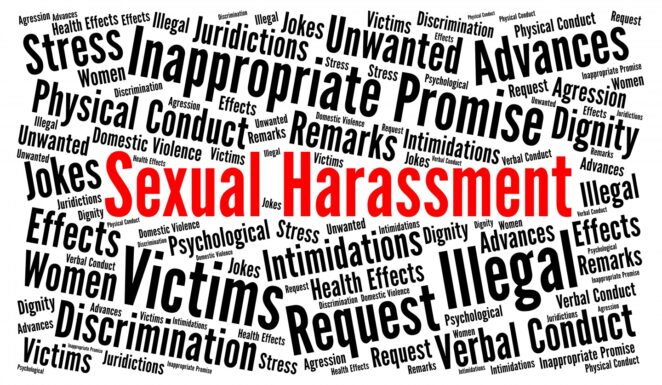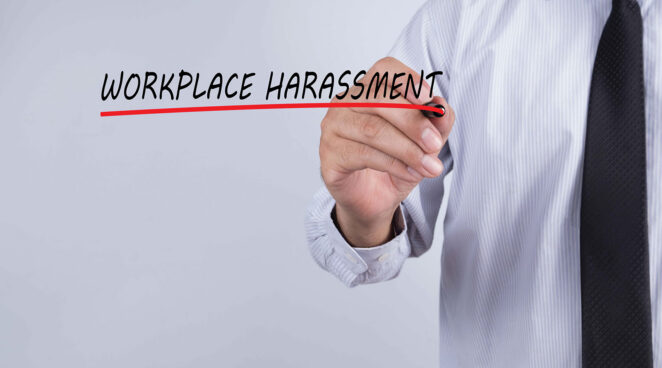Workplace harassment is more common than you think. There are different types of harassment that one can experience at work, one of them being sexual harassment. 1 in 5 people who go to work has experienced harassment or violence. This includes psychological, physical, or sexual harassment. Between 2018 and 2022, 78.2% of charges for sexual harassment were filed by women.
The workplace has to be safe for everyone, and the employer has a responsibility to establish a strong policy that improves protection. By not doing anything to prevent harassment or punish it, employers risk driving away the most talented and valuable employees of the company while ruining the reputation of the business.
How can you deal with this as an employer? Here’s a guide to creating a strong anti-harassment policy.
Why Is an Anti-Harassment Policy So Important?
An anti-harassment policy addresses any scenario that might put employees at risk or make the work environment unpleasant for them. Basically, it exists to prevent cases of harassment and make sure nobody becomes a victim. Several things are included in the policy, including incidents of bullying, degradation, humiliation, and intimidation, as well as other unwanted physical, verbal, or non-verbal conduct toward one or multiple employees.
Any anti-harassment policy mentions what could happen in the event incidents are single or repeated. In order to be effective and protect anyone in any situation, the policy should tackle harassment related to gender identity, sexual orientation, age, disability, gender, religion, national origin, ethnicity, race, and so on.
Having an anti-harassment policy in place is the best way to make sure that people know what could happen if such an incident is reported. Employees will have peace of mind that they can work in safe conditions and that their complaints will be taken seriously, which leads to more confidence and productivity.
On top of that, it discourages others from ever harassing their co-workers, making them fear consequences.
What Should an Anti-Harassment Policy Include?

All anti-harassment policies should include the right sections and address as many things as possible if you care about your employees’ well-being. Organizations need to offer safety to their employees and discourage bad people from trying to harass others in the workplace.
Here are the things that a proper anti-harassment policy should include:
The Definition of Harassment
Your employees must understand what harassment is. They should recognize it and know why it’s wrong. Define harassment, mention the unacceptable behaviors, and offer examples in order to help people become familiar with this type of situation.
State the Intent of the Policy
It’s crucial to tell your employees what the purpose of this new policy is and who is affected by it. Tell your workers what behaviors are not accepted at work (for instance, offensive dialogue, humiliation, intimidation, discrimination, and so on).
Also, let them know that this policy was established to make the work environment safe for everyone. Don’t fail to mention who will be held to the policy standards, such as managers, contractors, directors, employees, and customers.
Explain the Investigation Process
Employees should be able to file harassment claims whenever they feel in danger. But to let them know that their report will be taken seriously, your policy should offer details regarding the investigation procedure.
Let them know how the complaint will be collected, validated using evidence, and documented. Reassure them that any type of allegation will be thoroughly, promptly, and objectively investigated.
Also, mention how there will be a written factual report made, as well as how the necessary action will be taken based on the circumstances.
Detail How Harassment Incidents Should Be Reported
Talk about what employees can do if they are victims of harassment at work or if they witness any incident that involves harassment. Anyone should report the incident to a supervisor as soon as possible, but in some cases, other actions will be necessary. For instance, employees might have to reach out to a different manager or someone from HR if the supervisor is involved in the incident or is not available.
Talk About What Happens to Perpetrators
Everyone in the workplace should know what the consequences of harassment are. State what will happen if someone is proven guilty of harassment.
Usually, the punishment should align with how severe the misconduct was. Verbal or written warnings along with guidance on how to stop this in the future can be offered. Other punishments can be applied too, such as demotion, job reassignment, employment termination, suspension, or required sensitivity training.
How to Effectively Apply the Anti-Harassment Policy

If you want the policy to be successful, here are some tips on how to write and apply it properly:
Include Remote/Online Harassment Cases Too
Harassment doesn’t always happen in the office or while the perpetrator and victim are physically present. With the increase in remote work, online harassment has spread as well. Because they’re behind a screen, some people do things online that they would not do in person.
Take remote harassment seriously too and let people know they should report these incidents as well.
Ensure Protection and Confidentiality
Make sure all details remain a secret. Basically, those involved should not talk about the incident and investigation with other people, even if they are trusted individuals. Confidentiality can help solve the case successfully.
Also, the policy should offer employees protection against retaliation. Nobody should be punished or intimidated for having the courage to stand up for themselves and report the case.
Investigate Everything
Treat all harassment cases the same and investigate every claim. Also, document them accordingly and never miss any complaint or information that might help deal with the situation. Take everything objectively and be wary of possible false claims.

Final Thoughts
Everyone should feel safe at work, and a
n anti-harassment policy can help with that. Anyone who is a victim can report the incident with the help of the established policy. Without a good anti-harassment policy and any help, employees may either leave or pursue a court case.
If you live in San Diego and you’ve been a victim of sexual harassment at work, you can find more information on this page on how to hire an attorney.




